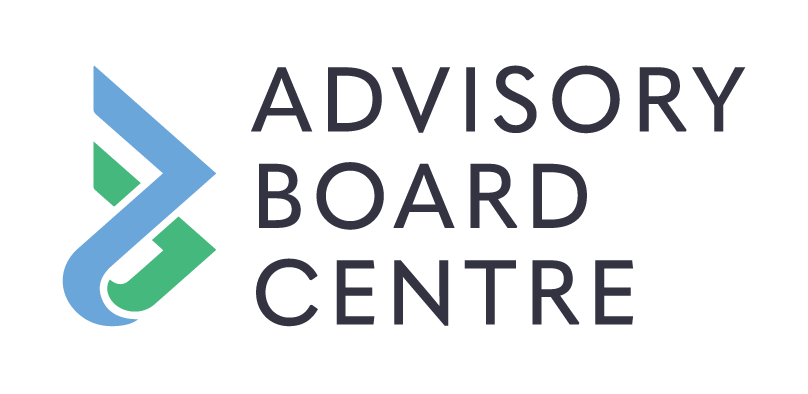This is the second post in our 10-part series on the power of advisory boards to transform businesses. In the previous article, we explored how advisory boards catalyze strategic evolution by providing flexible, impactful guidance to company leadership.
Defining the Purpose
The first step in composing an ideal advisory board is to clearly define the purpose or problem the board will help solve. This could involve navigating new market entry, driving growth in existing markets, guiding large-scale transformations, or tackling complex cross-functional challenges. By aligning the board’s mandate with the organization’s strategic priorities, you can ensure maximum impact.
For example, a leading pharmaceutical company may form an advisory board to guide its digital transformation initiative. The board’s purpose would be to provide independent insights and expertise on modernizing the company’s technology stack, optimizing digital operations, and upskilling the workforce to thrive in a digital-first environment.
In contrast, a consumer goods company looking to drive growth in its existing markets may form an advisory board with a different purpose – to provide strategic guidance on optimizing the company’s go-to-market strategy, identifying new revenue streams, and managing operational scaling to support accelerated growth.
Determining the Board Size and Personas
Next, determine the optimal size of the advisory board, typically ranging from 1 to 5 members. For each seat, create a “persona” that outlines the specific experience, expertise, and networks required to support the defined purpose. These personas might include industry veterans, subject matter experts, seasoned entrepreneurs, or functional leaders.
In the case of the pharmaceutical company’s digital transformation, the advisory board personas could include a former CIO with experience leading large-scale IT overhauls, a digital transformation consultant with a track record of driving organizational change, and a talent management expert skilled in reskilling initiatives.
For the consumer goods company focused on growth, the advisory board personas might include a seasoned marketing executive with expertise in consumer insights and brand positioning, a supply chain specialist skilled in scaling production and distribution, and a financial expert adept at identifying new business models and monetization opportunities.
Identifying Potential Candidates
With the personas in place, identify potential board candidates that closely match the desired profiles. Look for a diverse blend of backgrounds, perspectives, and skills that can provide a 360-degree view. Conduct thorough interviews to assess each candidate’s fit, independence, and commitment to the organization’s success.
Appointing a Certified Chair
Appointing a Certified Chair is a crucial step in ensuring the advisory board’s effectiveness. The chair acts as an independent facilitator, managing the board’s processes, maintaining ethical boundaries, and driving alignment with the organization’s goals. Their expertise in advisory board governance can be invaluable. Depending on their background, the Chair may also serve as the single member of the advisory board.
Take the Next Step
By carefully composing the ideal advisory board, you can leverage a powerful blend of expertise to catalyze transformation within your organization. At Acacia Advisors, we guide clients through this process, helping them assemble advisory boards that will be instrumental in their success. Interact with our team below to get started.
Next in the series: “Ethical Considerations: Guiding Principles for Advisory Board Excellence”.
For further reading on Advisory Board Frameworks:

